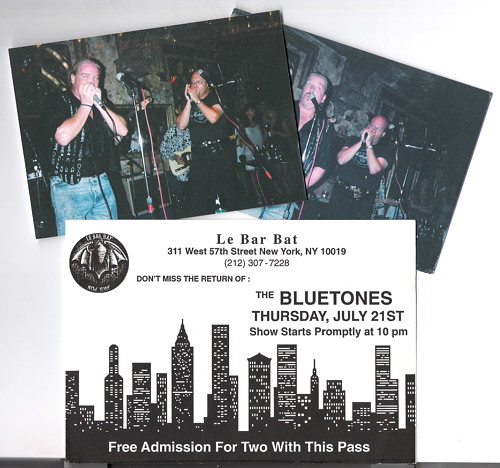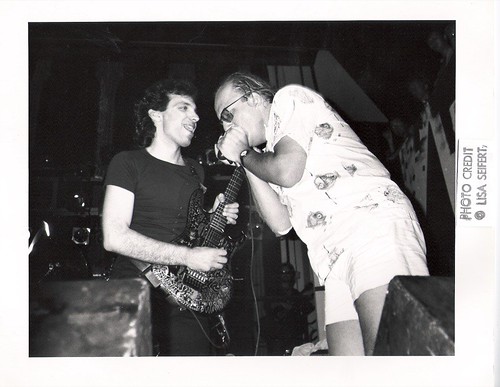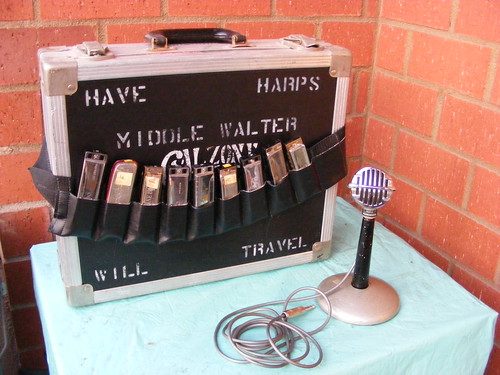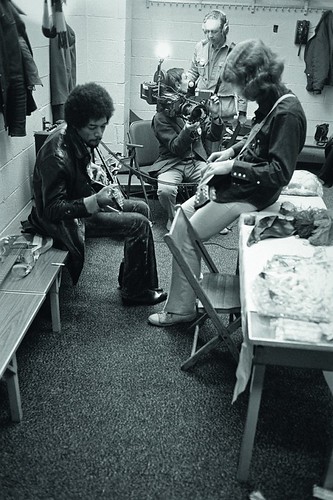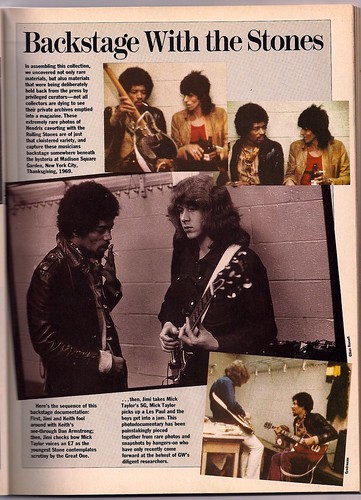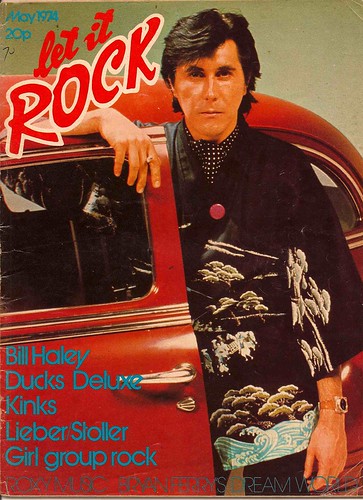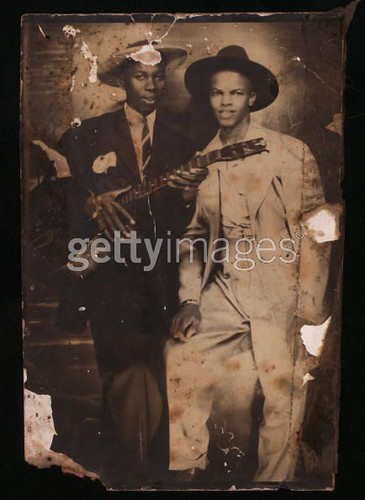FILE MAGAZINE VOL 4 NO 1 (SUMMER 1978) alternative to the Alternative Press, legendary Toronto collaborative General Idea's FILE Megazine – published from 1972 to 1989.
FILE magazine Summer-1978 General Idea
General Idea: FILE megazine, vol 4, issue 1, summer 1978 (the “1984: A Year in Pictures” issue), edition of 3,000 copies.

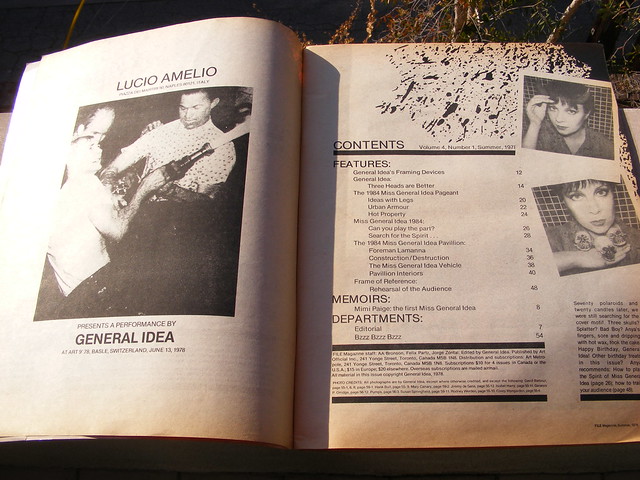

7001/6556725711_de61f8f165.jpg" width="500" height="375" alt="Hard-BoiledDefective_22">

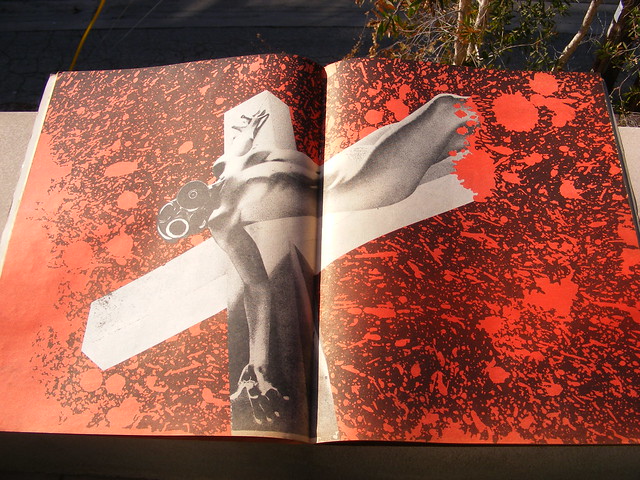 General Idea, Fluxus, Mail Art, Ray Johnson and the importance of Art Magazines as the forerunners of Social Networking:
General Idea, Fluxus, Mail Art, Ray Johnson and the importance of Art Magazines as the forerunners of Social Networking:The first issues of FILE, the publication launched in April 1972 by the Toronto-based group General Idea (comprising artists AA Bronson, Felix Partz, and Jorge Zontal), leave a different, less sober impression than previous magazine-based Conceptual art projects. Lifting its name and logo from the most famous (and popular) postwar US glossy, Life, FILE clearly anticipated a strategy that today is an everyday youth-cultural ploy: namely, logo-busting, an ironic game with the powerful markers of consumer culture, a small act of semiotic subversion whereby one borrows power from the public side of capital--and momentarily uses it against itself.
For the better part of a century artists have been using the format of the periodical to create and disseminate their work. Yves Klein’s Leap Into the Void, another iconic work, was published in the artist’s broadsheet publication Dimanche, which was sold at Parisian newsstands in 1960. Artists' magazines were integral to numerous important movements, such as Conceptual Art, Mail Art, Performance Art, Intermedia, Concrete Poetry, Neo-Dadaism and Fluxus.
The name Fluxus was originally coined by George Maciunas for the title of a magazine of experimental notation that he had hoped to produce.
For the uninitiated, a simple distinction suffices: the “artist periodical” is a primary source and an “art magazine” is a secondary one. That is to say, whereas an art magazine features reproductions and documentation of artwork as illustrations, the artist periodical is an alternative site for the realization of art works rather than their review.
Like their cousins, artists’ books and multiples, artists’ periodicals were intended to be easily distributable, affordable and accessible. And now – much like artists’ books and multiples – they can be difficult to track down and often costly. Complete sets of FILE megazine can sell for upwards of $5,000. Depending on the issue, a single copy of Aspen magazine might sell for the same price. Putting together complete collections piecemeal is the artworld equivalent of collecting a complete set of baseball cards. Critical discourse, too, has been hard to come by; apart from a few key articles, very little has been published on the subject of artists’ magazines.
Publications by General Idea:
THIS IS A LIST OF PUBLICATIONS DESIGNED AND EDITED BY GENERAL IDEA
(Note: FILE Megazine was published by Art Official Inc. in varying edition sizes ranging from 1,500 to 3,500 copies)
A Side note about A.A. Bronson: He wrote …
TWENTY-TWO WOMEN TALK FRANKLY ABOUT THEIR ORGASMS
(Bronson, A.A.) Harrison, A.S.A. TWENTY-TWO WOMEN TALK FRANKLY ABOUT THEIR ORGASMS Toronto: Coachhouse Press, 1974 31 x 23cm, 78pp. Boards with pictorial dustjacket.
First edition of this feminist investigation of the female phenomenology of the orgasm (at the time such investigations were part of a concerted attempt to de-mystify female sexuality and empower women into exploring their bodies and, for some, enjoying sex for the first time). Verbatum texts of 22 different women explaining how they trigger and what they experience orgasms. This book was designed for Harrison by A.A. Bronson of General Idea who also contributes a short note of approval on the inside back dustjacket about his friend. The book is in part dedicated to General Idea. One of 2,500 published - this copy has a couple of tears on the edges of the dj and is slightly bowed but may interest not only those considering feminism in the 70s but also the association with Bronson and G.I.
=================
FILE MAGAZINE VOL 4 NO 1 (SUMMER 1978). Toronto: General Idea, 1978
35 X 27.5cm, 64pp plus pictorial wrappers. A single number from General Idea's art periodical where the trio published conceptual, mail and intermedia art including the GI's own work - often with a homoerotic element. This number has GI's "General Idea flees the burning pavilion in 1984" and several articles on Miss General idea 1984. One slight crease on the back cover and front lower-right corner and spine wear and, as ever, browned internal newsprint pages else VG+. Scarce.
1978
FILE Megazine ("1984: A Year in Pictures," Vol. 4, #1, summer 1978)
see also: FILEmag-Vol.4Nos.1-2-3_13a
 GENERAL IDEA 1969-1994
GENERAL IDEA 1969-1994An alternative to the Alternative Press, legendary Toronto collaborative General Idea's FILE Megazine --published from 1972 to 1989--
Felix Partz, Jorge Zontal and AA Bronson of General Idea lived and worked together for 25 years. Partz and Zontal died in 1994. AA Bronson continues to work under his own name
The General Idea Archive is now on deposit at the National Gallery of Canada. You can access the finding aid here:
national.gallery.ca/english/library/biblio/ngc112.htmlIn 1974, General Idea founded Art Metropole, an organization devoted to collecting, publishing and distributing artists' books, multiples, audio and video.
Read about FILE Megazine in Artforum here:
www.aabronson.com/art/gi.org/artforum.htm==================
www.panmodern.com/newobservations.htmlCommunities Collaged: Mail Art and The Internet
By Mark Bloch
(Originally appeared in New Observations)
NEW YORK June 6, 2000- Is it a coincidence that both international mail art and the Internet reached a critical mass in the late 1960s?
Mail art was expanding exponentially as ….
=======================

